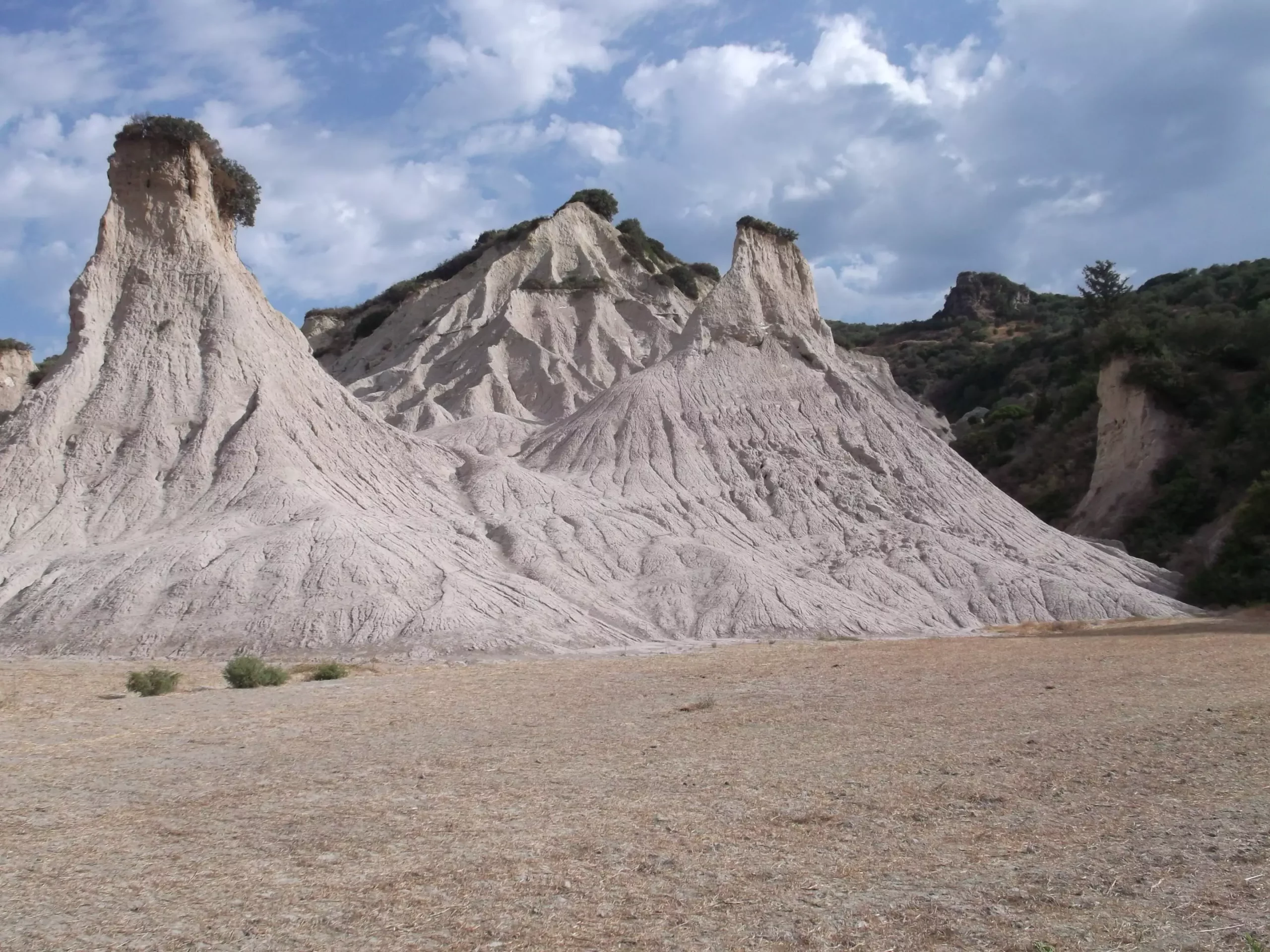The Mediterranean Sea has always been a cradle of biodiversity, but a recent study highlights a profound ecological upheaval that occurred approximately 5.5 million years ago. Researchers, led by Konstantina Agiadi from the University of Vienna, have meticulously examined the impacts of the Messinian Salinity Crisis, offering crucial insights into how species and ecosystems recover after significant environmental disruptions. This article explores the findings of their study and the broader implications for our understanding of marine biodiversity.
The Messinian Salinity Crisis was a pivotal geological event that resulted from the isolation of the Mediterranean Sea from the Atlantic Ocean. This disconnection led to dramatic increases in salinity, fundamentally altering the marine environment. According to the findings published in the journal Science, an alarming 89% of endemic species—those that were unique to the Mediterranean Sea—perished as a result of this crisis. Agiadi’s research team analyzed fossil records and sediment cores, focusing on a timeframe spanning from 12 to 3.6 million years ago. The results revealed that only 11% of endemic species survived this catastrophic event, showcasing the severe toll that environmental changes can take on biodiversity.
The researchers discovered that nearly 67% of the marine species present in the Mediterranean post-crisis were entirely different from those that thrived prior to this ecological catastrophe. The sudden environmental shifts—marked by drastic salinity fluctuations and altered temperature regimes—not only decimated existing marine communities but also disrupted crucial ecosystem functions, such as larval development and planktonic flows. This disruption led to the extinction of many prominent inhabitants, including tropical reef-building corals that once adorned the Mediterranean.
Interestingly, the study dives deeper into the mechanisms behind these changes. By altering migration pathways and the flow of marine organisms, the crises created a ripple effect that influenced the entire ecosystem. However, this research also raises significant questions regarding the survival of the 86 remaining endemic species. How did they withstand such dramatic shifts when the majority perished? This inquiry is critical, as it encourages a closer examination of species’ resilience in the face of sudden environmental change.
What stands out most from Agiadi’s study is the timeline of recovery. The researchers concluded that the Mediterranean’s biodiversity did not rebound until approximately 1.7 million years after the salinity crisis. This extended recovery period starkly contrasts with earlier assumptions that ecosystems could bounce back relatively quickly after catastrophes. Agiadi emphasizes, “The biodiversity in terms of the number of species only recovered after more than 1.7 million years,” underscoring how enduring the impacts of ecological crises can be.
The research team’s findings are critical for understanding how saline events in the past may influence contemporary marine ecosystems. The study not only quantifies the losses and recovery timescale associated with the Messinian crisis but also opens up avenues for further research. With the initial results laid out, scientists can now engage in discussions regarding future ecological resilience and the long-term effects of similar environmental changes.
The implications of this research extend far beyond the ancient Mediterranean. Understanding the consequences of large-scale environmental shifts sheds light on current biodiversity conservation efforts. As modern oceans face pressures from climate change, pollution, and overfishing, insights gained from the Messinian Salinity Crisis could be vital in crafting effective conservation strategies. By patterning after the results of the past, researchers can develop predictive models to forecast potential ecological outcomes under various scenarios.
Moreover, this study highlights the importance of peripheral seas as biodiversity hotspots. The contrasting species distribution observed in today’s Mediterranean—as species numbers decrease from west to east—can provide clues to how ecosystems adapt and change over time. Such investigations are important in identifying regions most at risk and those in need of conservation prioritization.
As noted by Daniel García-Castellanos, a senior author of the study, this research opens up several exciting questions. An exploration into how the remaining species adapted and survived through the salinization offers a new frontier in understanding marine resilience. Moreover, the study will likely spawn new research avenues within initiatives like the “SaltAges” network, which will probe the broader social, biological, and climatic impacts of past saline environments.
The study led by Konstantina Agiadi provides a monumental leap in understanding the resilience of marine ecosystems after profound ecological crises. As humanity grapples with its own ecological challenges, these insights serve as both a cautionary tale of the fragility of biodiversity and a hopeful narrative of recovery and adaptation.


Leave a Reply